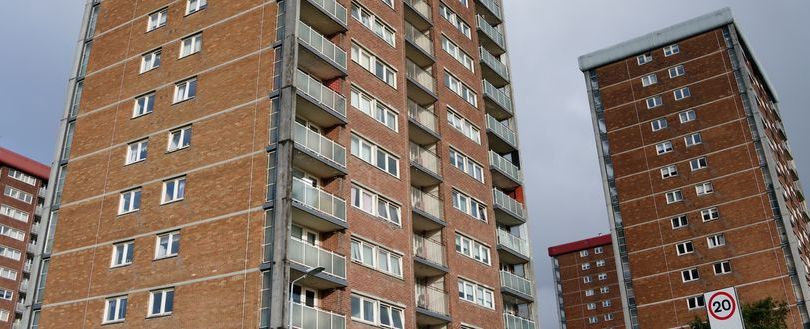
London council takes tower owner to court over delay to replace flammable cladding
Like it? Share it!
04 August 2023
In what is believed to be the first instance in which a local government has utilised its powers under the Housing Act for a cladding-related prosecution, hearings for the London Borough of Newham's action against the owner of the Lumiere Building on Romford Road came to a close last week.
The nine-story building with 71 apartments had four different types of flammable cladding identified in 2019, including high-pressure laminate and aluminium composite material, which contributed to the Grenfell Tower fire, according to evidence presented at Westminster Magistrates' Court. The owner, Chaplair Ltd., had until March 31, 2021, per a notice of improvement issued by Newham Council in September 2020, to remove the hazardous cladding.
By the summer of 2021, Chaplair had not complied with the notice, so Newham requested a prosecution. Nearly a year after the deadline, in February 2022, the cladding was finally taken off. The argument made in court on Friday by Ian Dick, project manager for private sector housing standards at Newham Council, was that Chaplair's choice to switch contractors for the repair work caused an unneeded delay. Chaplair halted discussions with Willmott Dixon in favour of a different contractor.
In January 2021, Lawtech. We were unable to fully comprehend why the chance with Willmott Dixon, which seemed to be a golden opportunity, was passed up, said Mr. Dick. We were unable to comprehend why a business decision was made over safety. The attorney for Newham, Archie Maddan, also argued that Chaplair put off the work until Building Safety Fund grants were fully secured, despite the fact that the cladding posed a serious and ongoing risk to residents.
Julia Kendrick, the barrister representing Chaplair, said the owner had a reasonable excuse to miss the deadline, claiming the “building was unusual because of the four types of interlocking cladding”. Its “proximity to the railway” also meant Network Rail had to sign off on the works. Ms. Kendrick said that problems with government grants left Chaplair with a £1 million shortfall in funding for the work.
Mr. Dick accepted that the government’s “rather labyrinthine funding arrangements” and the way the remediation grant system was put together “on the hoof” gave Chaplair problems.
However, he said these “weren’t difficulties that couldn’t have been overcome”. Philip Eyre, a solicitor who had advised Chaplair on its contract with Willmott Dixon, spoke to the court as a witness. He said he had told the managing agent of the building, Salter Rex, in November 2020 that Willmott Dixon’s designs and terms for the recladding were “unusual” and unacceptable.
He asserted that neither Chaplair nor Salter Rex had informed him of the deadline or the improvement notice from Newham. He claimed that "they should" have told him. Even so, it would not have changed his recommendation that Chaplair change contractors. He asserted that if anything with the design of the recladding had not been right, the results of following the Willmott Dixon path could have been disastrous for Chaplair. On September 6, a judgement will be delivered in open court.
Our eNews provides regular insight into industry trends, news headlines, and product and service information. For news articles parallel to those mentioned above, sign up for our eNews. Click here to sign up: Subscribe to our enews (fia.uk.com)
Related training
Related news
-
New FIA Guidance on BS 5839-1 Fire Alarm Categories
23 December 2025
-
Launching our Practical Training and Assessment Course
09 December 2025
